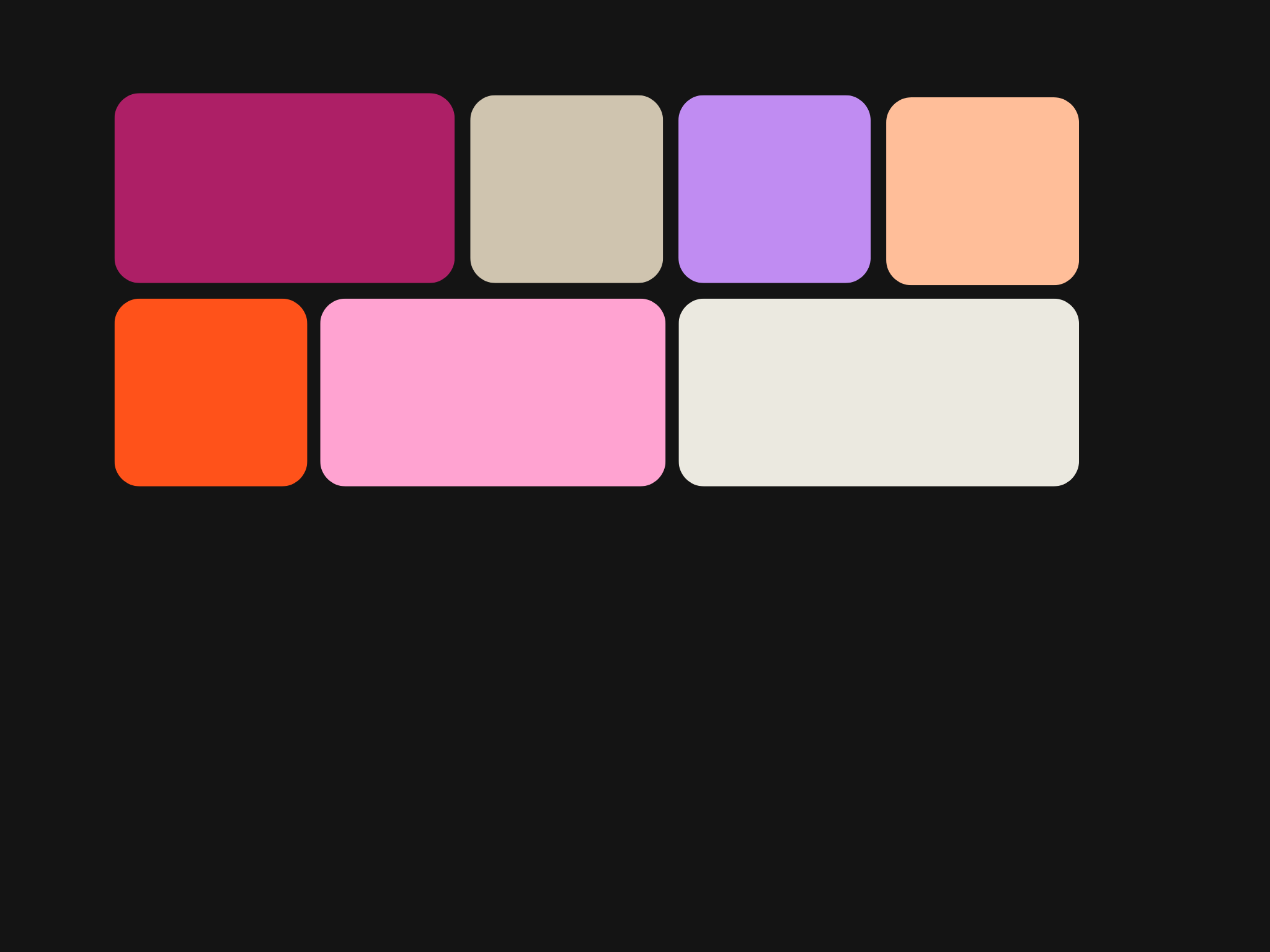Our mission at Modash is to provide the best customer experience in the multiverse. I mostly work with our API customers and they’re mostly technical people. I come from a media background.
At the end of 2023, I wanted to level up my service. The only way I could do that was to put myself in the customer’s shoes. And whichever way I looked at it, I landed at the same place: I had to be a customer and build something new with the Modash Discovery API.
Spoiler: I did exactly that! And it works!
Here’s what I learned about customer success by building my own influencer search tool. (Never thought I’d ever write that sentence.)
1. Empathy for the customer
Working on this project made me understand how our customers might feel when they begin to build something new. There’s stress, there’s pressure because you’re creating something entirely new, and you want it to work, but you’re also working with a completely new set of data.
Multiple times, just as I celebrated my results, I’d change something tiny, leading to an error, and the whole site was ruined. On top of this, it took me ages to figure out where I’d made the mistake. Often, it would simply be a spelling mistake in the word “influencer.”
I talk to our API customers daily, who usually come to me with issues. These might seem very obvious to our team who have been working with the Modash APIs for years.
Using the API myself showed me just how nuanced building something like this is.
Takeaway: Always remember that customers aren’t as familiar with your data set, tool, or service. What is obvious to you isn’t obvious to them. You can always be more patient and understanding.
.avif)
2. Advocate for your customers
While building my search tool, I noticed some issues customers had shared with me during our success calls.
For example, all our API plans have rate limits that limit how many calls per second you can send to the API. Generally, it makes sense, but for some dictionary endpoints that count towards that limit, building a smooth filtering experience can be difficult.
Even though I could have easily given myself unlimited rate limits, I wanted the same conditions as our customers.
And I got the error indicating I’d gone over my rate limit a few times, which stopped me in my tracks. These rate limits were making it difficult for me to build.
I approached our product team about this, and we improved how our rate limiting works. Now it’s much easier and logical to build filters for influencer search with our Discovery API, and it doesn’t get in the way of your build.
Takeaway: When you notice multiple customers mention something that causes friction, you want to understand how it affects their workflow deeply. You’ll have strong information to advocate for changes or additions.
3. Support proactively
While building my own influencer discovery tool, I was able to gather general tips and tricks that could be useful for all our API customers. I know where problems might come up and how to avoid them.
For example, I observed how the credits are used and what counts towards the rate limit. I’ve already added a section to our onboarding calls where I share advice on using credits most cost-effectively.
Now, I’ll be able to include discussions in our onboarding flow and make sure all our API customers are well-informed for a smooth and fast integration.
Takeaway: Collect the most common issues and guide new customers during onboarding.
Even though it was challenging to find time and prioritize this project, looking back, I realize how valuable this time was. If you’re in any customer-facing role, you’ll find it useful to really step into your customer's shoes. Not only will you learn a lot, but you’ll also be able to offer an even better experience for your customers.


.avif)
.png)



